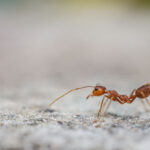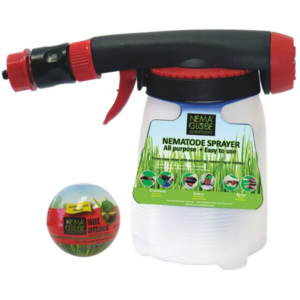Your cart is currently empty!
Damage
Fire ants can damage various vegetables such as okra. They feed on the reproductive part of flowers leading the plant to stop reproducing. In dry conditions, fire ants feed on the stems of tender plants and damage them. Moreover, they are nuisance pests in the buildings. They build tunnels by transferring the particles of soil to the surface. It can lead to structural damage once it happens near walls, driveways, or pathways. Also, they are stinging pests and cause painful burns.








